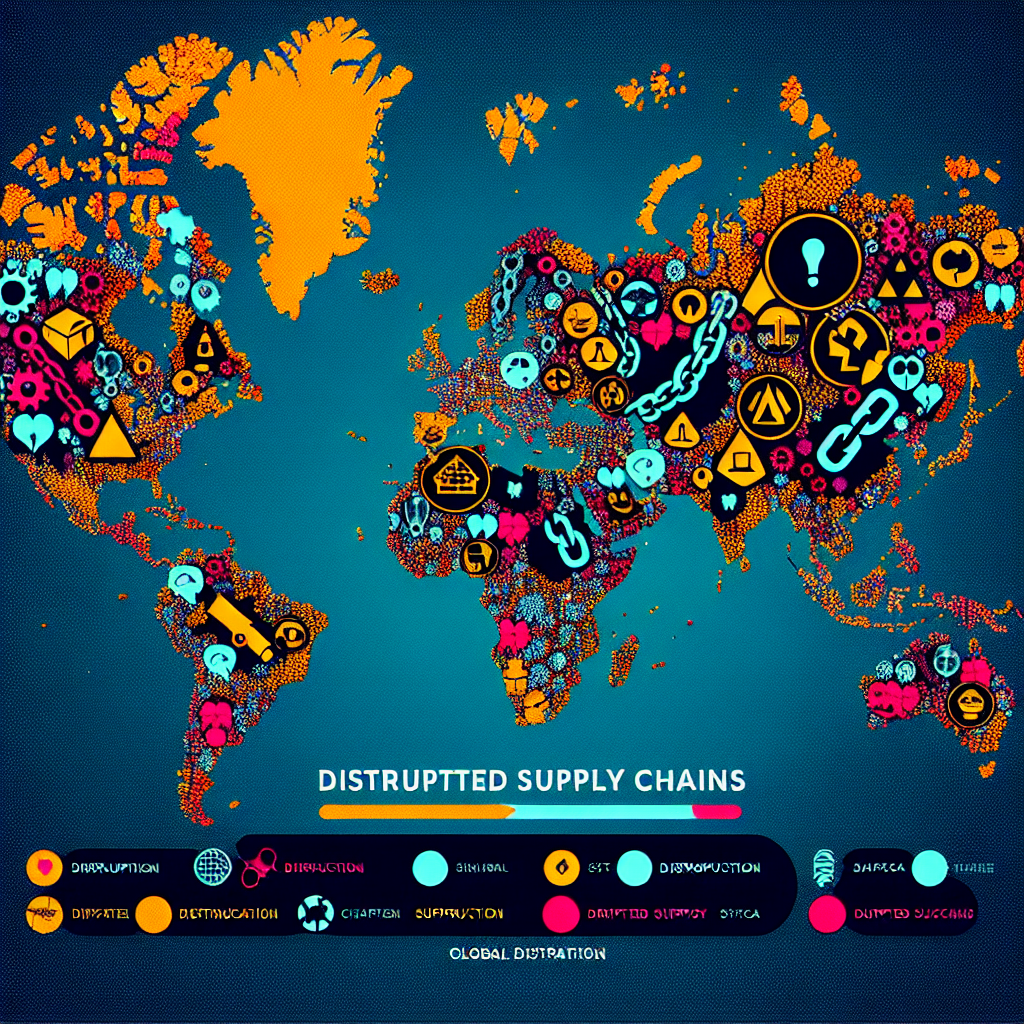What if I told you that a single delay at a port in China could impact what you wear next season? Would you believe me if I said that traffic on a European highway could dictate how much your shoes will cost? These hypotheticals aren’t far from the truth. Supply chains, largely an invisible force to consumers, have been significantly disrupted during the pandemic, and they’re causing waves across various sectors—including fashion.
Fashion Trend
‘Fast fashion’ has become an increasingly untenable model. Unpredictability in cargo transport has resulted in delayed deliveries—leaving trend-driven retailers unable to keep up with their rapid production cycles.
Designer Vision
Designers too feel these ripples. Their creative visions often stunted by limited material access or increased costs due to heightened transportation fees adding more layers of complexity to their already challenging roles.

Manufacturing Process
The manufacturing process is perhaps most directly impacted – production lines slowed down because raw materials are held at sea or stuck at congested ports; clothing manufacturers grappling with uncertainty regarding delivery timelines.
Market Response
The market response has been erratic. Some stores report empty shelves while others have surplus stock due to unplanned delays causing seasonal misalignments.
Cultural Influence
A societal shift towards slow fashion may also be attributed partly to heightened awareness stemming from supply chain meltdowns—a topic previously alien for many—highlighting the importance of sustainability and local sourcing.Sustainability Focus
The silver lining may be an unintentional push towards sustainability, as businesses seek to reduce reliance on volatile international supply chains.
Shopping habits too are influenced. Consumers, although initially frustrated by lengthy delivery times or unavailable items, are starting to adapt by buying less and choosing items that last longer.
The fashion industry faces a complex challenge: adapting to these changes while still producing attractive, affordable clothing. The solution is not straightforward—simply moving production closer to home isn’t always viable due to cost implications; neither is swift transformation towards fully sustainable models.
The future lies perhaps in hybrid solutions: blend of local manufacturing for quick response items with traditional offshore production for basics—the fine-tuning of which will preoccupy the sector in coming years.
We remember eras by their fashion trends. Looking back at this time in future years, we might see a shift from disposable fashion driven largely by supply chain disruptions—an impactful cultural legacy indeed!

